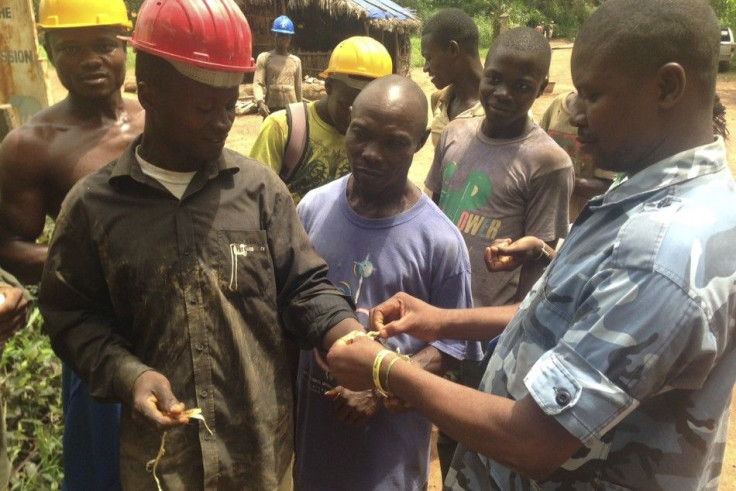2014 Ebola Outbreak: US CDC Issues Travel Advisory; Virus 'Dreadful and Merciless'
Could Take 3-6 Mos to Curb Virus Spread

The U.S. Centers for Disease Control and Prevention has issued an advisory warning against non-essential travel to Guinea, Sierra Leone and Liberia in light of the deepening Ebola virus outbreak in the three countries.
Moreover, Dr. Tom Frieden, CDC Director, announced in a press conference on Thursday the agency is deploying additional 50 disease control specialists over the next 30 days into the three countries. They will help establish emergency operation centers in collaboration with the World Health Organization.
"This is a tragic, painful, dreadful, merciless virus. It's the largest, most complex outbreak that we know of in history," Frieden said.
Three Americans have been infected to date by the deadly virus, of which two are health care workers in an Ebola clinic.
The 'Warning Level 3, Avoid Nonessential Travel' guidance was issued to control the outbreak and help the government of Sierra Leone to prevent its spread.
"The bottom line is Ebola is worsening in West Africa," Frieden said.
Districts affected by the Ebola outbreak in Sierra Leone include Bo, Bombali, Bonthe, Kailahun, Kambia, Kenema, Kono, Moyamba, Port Loko, Tonkolili, and Western Area, including the capital of Freetown. There have been instances of civil unrest and violence against aid workers reported in West Africa because of the outbreak. The public health infrastructure in Sierra Leone is being severely strained as the outbreak grows.
This year's Ebola outbreak had been ongoing in Sierra Leone since May before it crossed over and affected Liberia and Guinea. To date over 1320 cases have occurred in the three countries. More than 725 people have died, making this the largest outbreak of Ebola in history.
"Travelers could be infected if they come into contact with blood or body fluids from someone who is sick or has died from Ebola, sick wildlife, or meat from an infected animal. Health care providers caring for Ebola patients and family and friends in close contact with an ill person are at highest risk because they may come into contact with blood or body fluids," the CDC said.
Since there is no available cure or treatment for the disease yet, Frieden warned this particular outbreak will take three to six months to suppress. "CDC, along with others, are surging to begin to turn the tide. It is not going to be quick. It is not going to be easy. But we know what to do. The current outbreak is bad. It's the biggest, the most complex, and the first time it's been present in this region."
To gauge if a person has been inflicted with the deadly Ebola virus, the CDC provided the following description of how the infection operates:
- The incubation period, from exposure to when signs or symptoms appear, for Ebola ranges from 2 to 21 days. Early symptoms include sudden fever, chills, and muscle aches. Around the fifth day, a skin rash can occur. Nausea, vomiting, chest pain, sore throat, abdominal pain, and diarrhea may follow. Symptoms become increasingly severe and may include jaundice (yellow skin), severe weight loss, mental confusion, shock, and multi-organ failure.





















